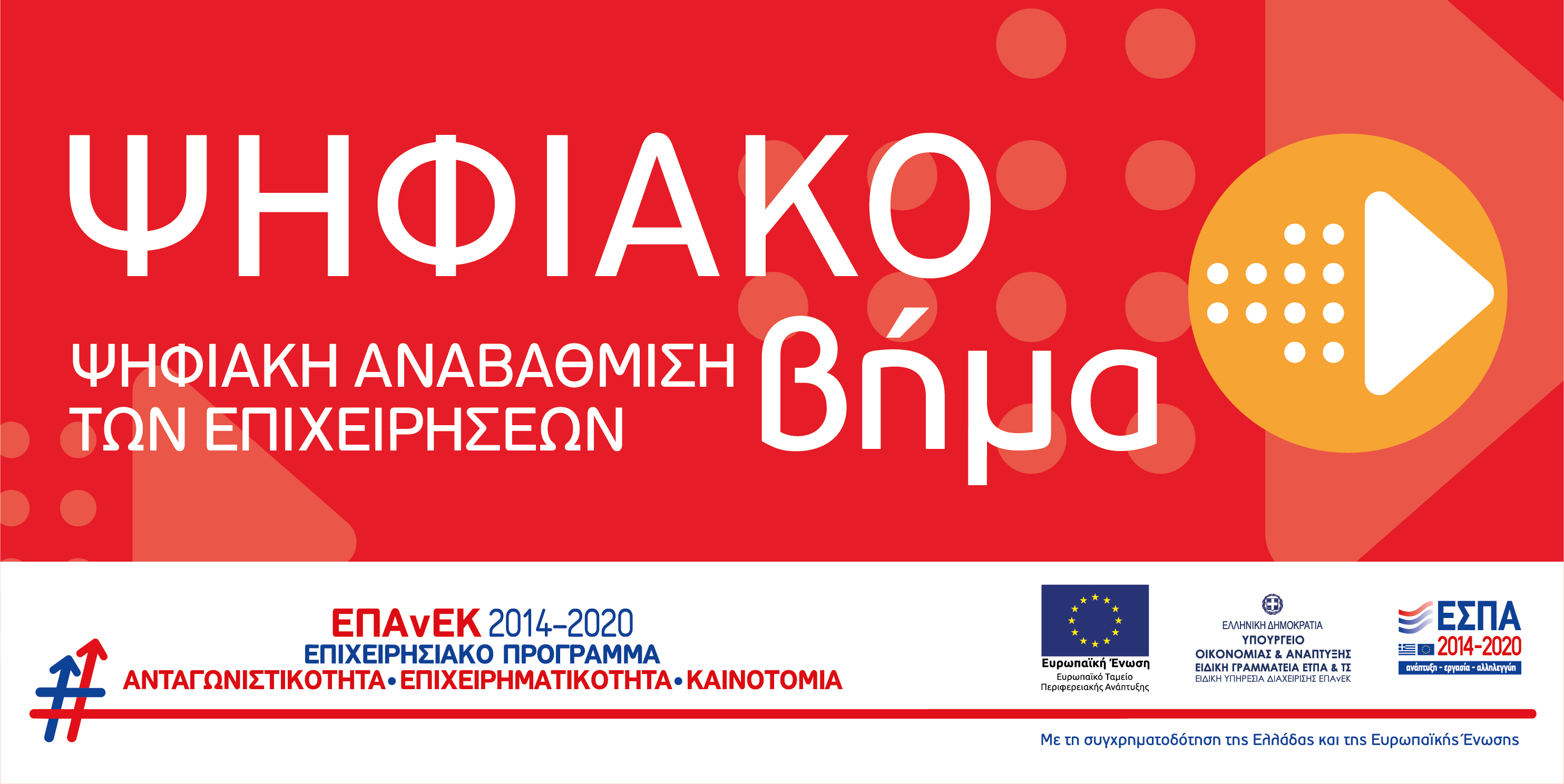Myocardial infarction occurs when a branch of the coronary arteries of the heart is completely blocked resulting in abrupt cessation of blood circulation and threatened necrosis of the corresponding part of the heart. Usually the blockage of the artery is caused by a thrombus (blood clot), which suddenly forms on an atherosclerotic plaque and completely blocks the lumen. The latter is part of the atherosclerosis, a long-term process of lipid accumulation and other components in the arterial wall that results in gradual narrowing of the vessel.
Myocardial infarction in the anterior wall of the heart is the result of obstruction of the largest branch of the left coronary artery. Because this heart attack is often extensive, the predominant symptom is heart failure and hypotension.
Myocardial infarction in the lower wall of the heart occurs when there is a narrowing of the right coronary artery. Damage occurs in the lower part of the heart. Dysfunction of this area is often the cause of arrhythmias.
A myocardial infarction in the lateral-posterior wall of the heart is caused by a blockage of the left distal artery. Then there is damage to the lateral-posterior wall of the heart.
The parts of the heart mentioned above play an important role in the flow of blood from the heart to the rest of the body. When there is damage, the amount of blood sent to the rest of the body is reduced.





